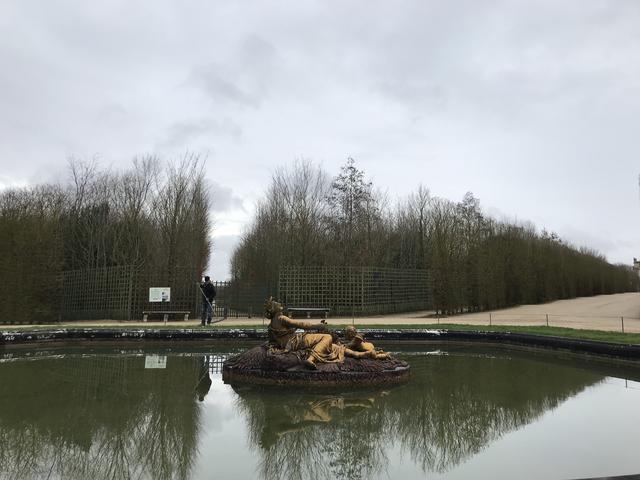Ceres Fountain

The Ceres Fountain, located in the heart of Paris, is a stunning example of Baroque artistry and craftsmanship. The fountain features a magnificent sculpture of Ceres, the Roman goddess of the harvest, surrounded by symbolic elements such as sheaves of wheat, cranberries, and roses. This intricate decoration was meticulously crafted by Thomas Regnaudin between 1672 and 1679, based on a design by the renowned artist Charles Le Brun. The square basin of the fountain is adorned with additional love motifs and streams of water that add to its grandeur and beauty.
Visitors to the Ceres Fountain are captivated by the exquisite details and symbolism found in every aspect of the sculpture. The goddess Ceres, depicted in a serene and regal pose, represents abundance, fertility, and the bounties of nature. The sheaves of wheat at her feet symbolize prosperity and the harvest, while the cranberries and roses add a touch of color and elegance to the composition. The overall design of the fountain is a harmonious blend of classical elements and Baroque flair, making it a true masterpiece of art and architecture.
As tourists explore the city of Paris, the Ceres Fountain stands out as a must-see attraction that showcases the artistic talent and creativity of the 17th century. Its intricate details and symbolic significance make it a popular spot for visitors seeking to immerse themselves in the rich history and culture of the city. Whether admiring the craftsmanship of the sculpture or simply enjoying the peaceful ambiance of the fountain, visitors are sure to be enchanted by the beauty and grace of the Ceres Fountain. Don't miss the opportunity to experience this iconic landmark and marvel at its timeless elegance and charm.
© ChatGPT 3.5
At the four crossroads of the main alleys are the fountains, built in the 1670s and dedicated to the four seasons. The Fountain of the Fountain or Fountain of the Fountain (1674) and Summer Fountain or Fountain of Ceres (1673) are to the north, while to the south are the Autumn Fountain or the Fountain of Bacchus (1674) and the Winter Fountain or the Fountain of Saturn (1677). From a viewpoint at the end of the Parterre de Latona and the entrance to the Camino Real, you can admire all the fountains at once.